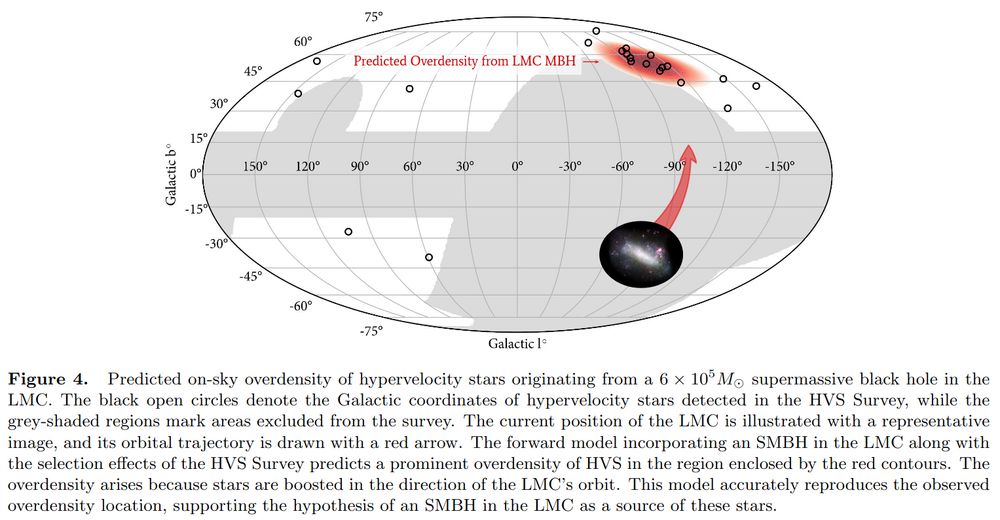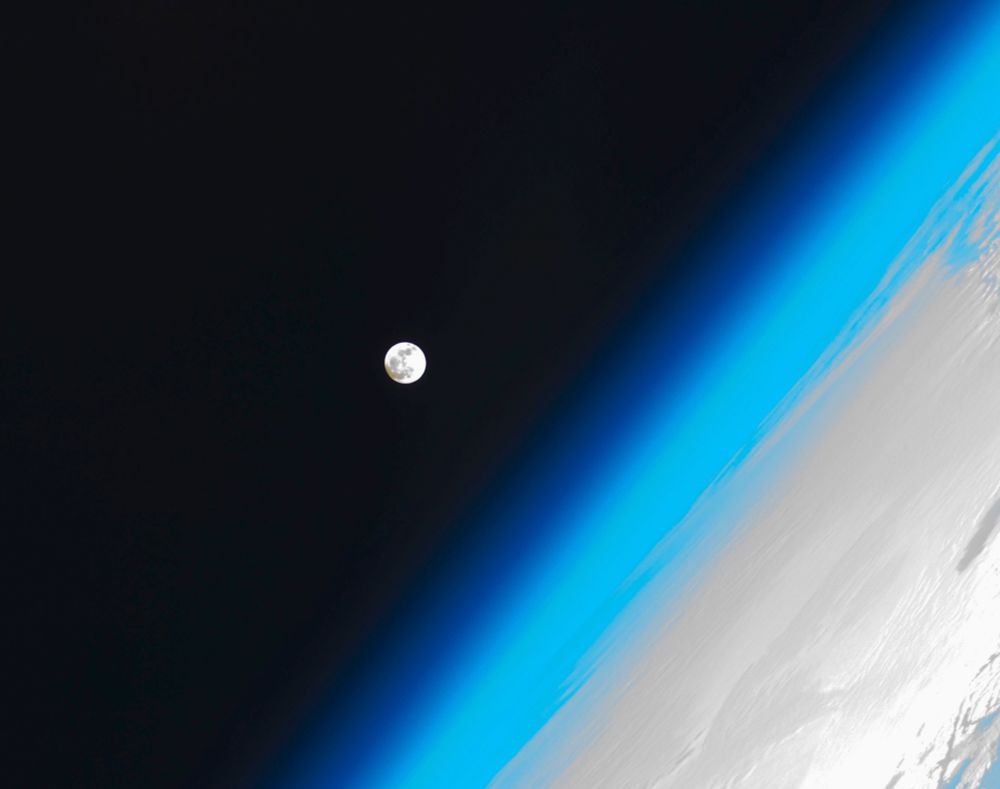



The 2021 image shows a distinct shift in polarization patterns, tracing changes in magnetic fields near the event horizon.
eventhorizontelescope.org/new-eht-imag...

The 2021 image shows a distinct shift in polarization patterns, tracing changes in magnetic fields near the event horizon.
eventhorizontelescope.org/new-eht-imag...

This is just a quick post to mark the fact that it is now ten years to the day since the first detection of gravitational waves by Advanced LIGO. The acronym LIGO stands for Laser Interferometer Gravitational-wave Observatory. It wasn't until February 11th 2016 that…

This is just a quick post to mark the fact that it is now ten years to the day since the first detection of gravitational waves by Advanced LIGO. The acronym LIGO stands for Laser Interferometer Gravitational-wave Observatory. It wasn't until February 11th 2016 that…
Huge thanks to my collaborators, especially Hassan Khalvati, for getting this project over the line! 🧪⚛️🔭🧮
arxiv.org/abs/2509.08875

Huge thanks to my collaborators, especially Hassan Khalvati, for getting this project over the line! 🧪⚛️🔭🧮
arxiv.org/abs/2509.08875
Below is a plot I made for the Einstein Toolkit Blue Book (arXiv:2503.12263) showing the waveforms SXS:BBH:3999 (scatter) and SXS:BBH:4000 (capture).

Below is a plot I made for the Einstein Toolkit Blue Book (arXiv:2503.12263) showing the waveforms SXS:BBH:3999 (scatter) and SXS:BBH:4000 (capture).
www.youtube.com/watch?v=j4WG...
🧪⚛️🔭

www.youtube.com/watch?v=j4WG...
🧪⚛️🔭
Today we feature Ben Leather, postdoctoral researcher at the MPI for Grav Physics, talking about Waveform Modelling with Gravitational Self-Force.

Today we feature Ben Leather, postdoctoral researcher at the MPI for Grav Physics, talking about Waveform Modelling with Gravitational Self-Force.
Behold, here are the orbits of ALL 128 MOONS OF SATURN. This isn't just a moon system—it's a literal asteroid belt around Saturn! 🧪🔭☄️



Behold, here are the orbits of ALL 128 MOONS OF SATURN. This isn't just a moon system—it's a literal asteroid belt around Saturn! 🧪🔭☄️
nasawatch.com/ask-the-admi...

nasawatch.com/ask-the-admi...
🔭Store: kategraphiccreations.etsy.com
#sciart

🔭Store: kategraphiccreations.etsy.com
#sciart


Well check out my first 1st author paper investigating that very topic, live on the arXiv today!
🔥📄 arxiv.org/abs/2502.10591
Explainer in 🧵👇 1/10

Well check out my first 1st author paper investigating that very topic, live on the arXiv today!
🔥📄 arxiv.org/abs/2502.10591
Explainer in 🧵👇 1/10
1/🧵
1/🧵

🧪🔭⚛️

🧪🔭⚛️
Jesse Han & El-Badry et al. reanalysed the 21 known 'hypervelocity' stars in the #milkyway.
They find strong evidence that the LMC (Large Milky/Magellanic Cloud) has a supermassive black hole at its core! 🤯 arxiv.org/abs/2502.00102

Jesse Han & El-Badry et al. reanalysed the 21 known 'hypervelocity' stars in the #milkyway.
They find strong evidence that the LMC (Large Milky/Magellanic Cloud) has a supermassive black hole at its core! 🤯 arxiv.org/abs/2502.00102
Here's some info on the fires based on a project I was working on in 2019.
1/11
Here's some info on the fires based on a project I was working on in 2019.
1/11




